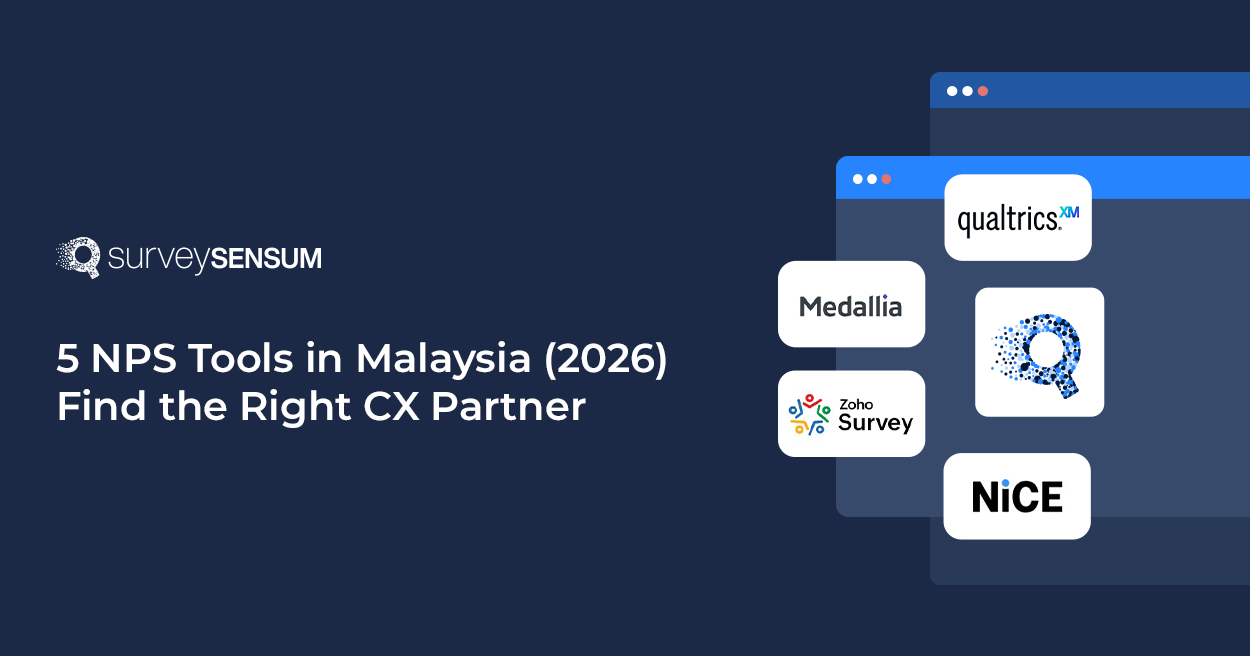

A week into getting my new smartphone, I got a call from customer support checking in on my experience. I couldn’t help but express my excitement and satisfaction with the phone’s sleek design and amazing camera.
In the midst of our conversation, I recalled the phone cover I had left behind in my cart due to its high price.
Just as I was about to say goodbye, the agent dropped the bombshell – a sale on the exact phone cover I had my eye on!
Without hesitation, I asked the agent to place the order right then and there. It was like a serendipitous moment.
As the call ended, I realized the agent had saved me from forgetting about the cover altogether.
By anticipating your customer’s potential need and offering a relevant and timely solution, you can make the customer experience seamless and hassle-free. Your customer feels valued and you gain their appreciation and loyalty for going above and beyond to meet their needs.
According to a research study by Gartner on Effortless Experience found that 96% of customers who had high-effort experiences reported being disloyal, compared to only 9% of customers with a low-effort experience.
While talking about it may seem easy, improving the customer effort score can be a real struggle. So, after talking to many CX experts around the globe, we created this list of 9 customer effort score best practices that businesses can follow to improve their CES.
9 Best Practices To Improve Your Customer Effort Score
- Proactively Identify Where Effort Might Be
- Regularly Review Your CES And Identify The Friction Points
- Provide Multiple Channels For Contact/Feedback
- Send the Survey at the Right Time
- Reducing Agent Effort Also Reduces Customer Effort
- Gather Real-Time Feedback
- Close the Feedback Loop
- Address Root Causes
- Integrate CES with Customer Support Process
9 Best Practices To Improve Your Customer Effort Score
1. Be Proactive in Identifying Where the Effort MIGHT Be
Remember the example in the beginning? Where the customer support agent proactively anticipates the customer’s need which ultimately led to an upselling?
Just like that, don’t wait for CES scores to come in; instead, take a proactive approach to identify and minimize customer effort throughout the customer journey and focus on removing the effort required by the customer to complete the task.
2. Regularly Review Your CES And Identify The Friction Points

What’s the point of doing a CES survey if you are not reviewing it regularly and identifying the key friction points?
CES provides valuable insights into the level of effort customers experience when interacting with your business. Regularly reviewing CES data, with a robust CES software, allows you to identify patterns and trends that reveal the effort customers invest when interacting with your business.
By analyzing the data continually, you can pinpoint significant friction points in the customer journey that might result in low customer satisfaction. With this ongoing review, you can prioritize initiatives aimed at enhancing the overall customer experience. In essence, the CES survey becomes a compass guiding your efforts toward optimal customer satisfaction.
3. Provide Multiple Channels For Contact/Feedback

Imagine this: You send a CES survey via WhatsApp to a customer who recently contacted your customer service team, but the twist is that the customer doesn’t even use WhatsApp on that number! Isn’t that a waste of time and effort?
Customers have different preferences when it comes to contacting a business or providing feedback. Offering multiple channels to customers for contacting your business, such as social media, email, chat, in-person support, and call centers.
This will ensure that your customers can choose the method that is convenient for them. Meeting customers on their preferred channels enhances the customer experience and shows that the business values their communication preferences.
4. Send the Survey at the Right Time

Let’s say you want to understand the customer effort score of your customer support process.
But instead of sending the survey right after their contact with your customer service team, you sent the survey weeks later.
Do you think that firstly, your customer would be interested in sharing their feedback with you? Secondly, they’d remember the experience they had with one of your agents?
No.
Sending customer surveys at the right time is crucial for obtaining accurate and valuable feedback.
So, when to use CES?
- Immediately after a support interaction, where a customer sought assistance or had an issue resolved.
- After completing a transaction, such as making a purchase, updating account information, or signing up for a service.
But don’t just limit yourself to CES, in order to get an overall and detailed picture of customer satisfaction implement all 3 survey types – CES, NPS, and CSAT surveys.
But when to use NPS and CSAT surveys?
When to use NPS:
- Periodically, to gauge overall customer relationship and loyalty with the brand.
When to use CSAT:
- After a specific transaction or customer support interaction.
- Periodically to gauge customer relationship with the brand.
Explore SurveySensum To Create Customized CES, NPS, and CSAT surveys – Request a Demo
5. Reducing Agent Effort Also Reduces Customer Effort

There’s a direct link between how much effort your customer support agents have to put in and your CES.
When your agents have the right tools, knowledge, and training to handle customer issues efficiently, it’s a win-win situation for both the agents and the customers. Efficient and empowered agents can quickly tackle customer concerns, making the whole experience smoother for the customers.
And you know what that means?
It leads to reduced customer effort and ultimately to increased customer satisfaction. It’s like a ripple effect – when the agents are equipped to provide top-notch service, it reflects positively on the customers’ overall experience. So, it’s crucial for businesses to focus on empowering their support team.
6. Gather Real-Time Feedback

Picture this: You run an online e-commerce business. One of your regular customers faced some issues with the refund process. You got the alert of the issue on your CRM system. You immediately assigned the task to one of your agents to resolve. They resolved the issue promptly, informed the customer, and closed the feedback loop efficiently.
Real-time feedback is invaluable in effectively engaging with customers and promptly closing the feedback loop, preventing any potential issues from escalating further. This is especially crucial for teams that receive feedback only after a week, as by that time, the window for timely action has often passed.
By obtaining feedback in real-time, you’re able to swiftly address concerns, rectify problems, and enhance the overall customer experience. Waiting a week to receive feedback can result in missed opportunities for improvement and might even lead to frustrated customers.
Proactively addressing issues as they arise helps maintain customer satisfaction and fosters a more responsive and agile approach within the team. Difference: Having team members with a Scrum Master Certification can support this agility and improve how quickly feedback is handled.
Gather Customer Feedback In Real-Time with SurveySensum – Request a Demo
7. Close the Feedback Loop

Don’t let your CES survey results collect dust – take action.
When feedback highlights areas of high customer effort, businesses should take immediate steps to address those pain points promptly. Closing the feedback loop with customers by acknowledging their feedback and implementing improvements demonstrates a commitment to customer satisfaction.
When customers see that their feedback is not falling on deaf ears, it builds trust and fosters a stronger bond between them and the company. It shows that the company is committed to customer satisfaction and willing to go the extra mile to improve its experience.
8. Address Root Causes

While it may be tempting to apply band-aid solutions to address immediate challenges, the real magic happens when businesses take the time to identify and tackle the underlying reasons causing the problems.
Imagine you’re a customer who frequently encounters issues while navigating a company’s website. Each time you visit, you struggle to find relevant information or complete a simple task. The company’s customer support team may try to assist you with each visit, but if they only provide temporary solutions without addressing the root causes, the problem will persist.
Now if the support team does a comprehensive analysis of their website’s user experience instead of just focusing on individual experiences, they can make significant changes to the website’s layout, making it more user-friendly and intuitive.
9. Integrate CES with Customer Support Process
Integrating CES into the customer support process is like adding a crucial piece to the puzzle.
It involves seamlessly incorporating CES surveys at strategic points within the support journey to gauge the effort customers have to put in when seeking assistance.
By doing so, businesses gain valuable insights into the overall support experience, helping them identify areas for improvement and optimize the customer support process.
The proactive use of CES as part of the customer support process can help businesses identify opportunities for reducing customer effort and enhancing the support experience. For example, they might identify the need for better self-service options, streamlined ticket resolution processes, or improved agent training to handle customer inquiries more efficiently.
Wrapping Up!
To wrap things up, this blog has shared some customer effort score best practices. These tips create a helpful plan for businesses that want to make things easier for customers and give them a better experience.
When businesses follow these tips and make sure customers are happy, they’re getting ready for long-lasting success. It’s like planting seeds that grow into strong, lasting relationships with customers. This journey isn’t just about reaching a goal; it’s about always getting better by making customers really happy.
To gauge Customer Effort Score efficiently, you need to bank on good CES software that can help you gather real-time feedback, alert you of the detractors, close the loop efficiently, and do much more.
Well, SurveySensum is one such platform – Try it out!
















